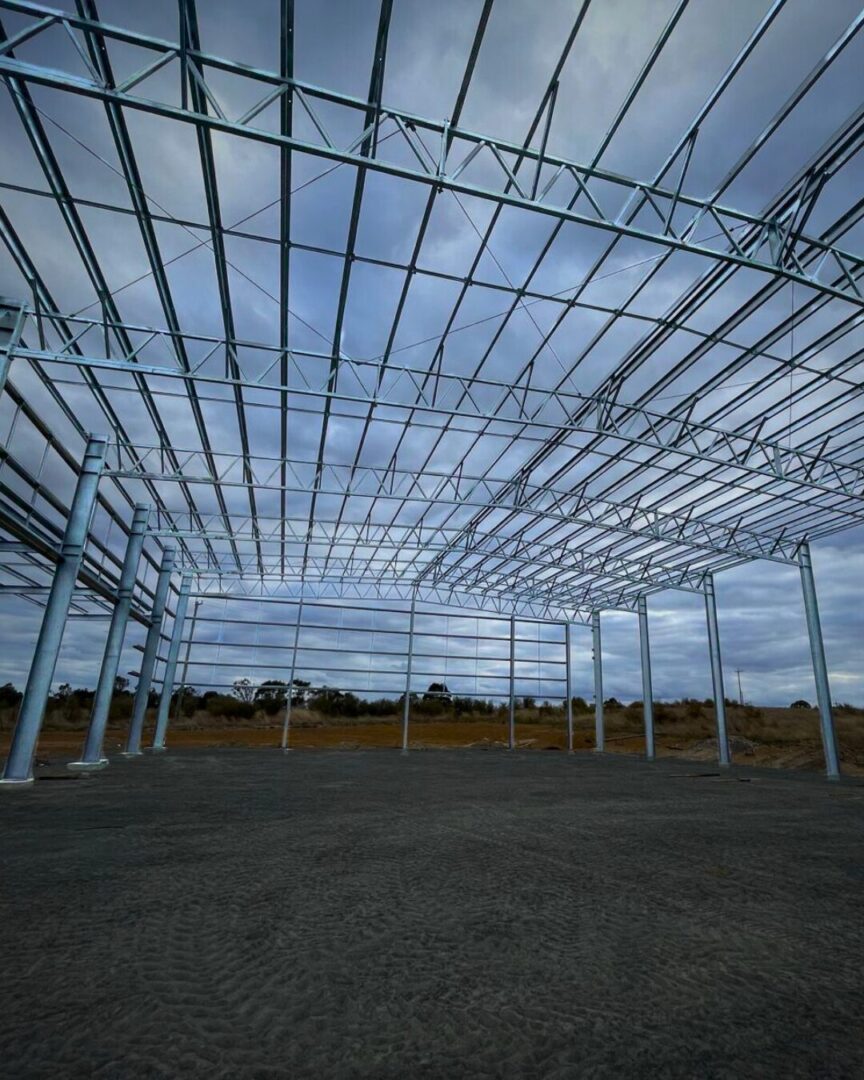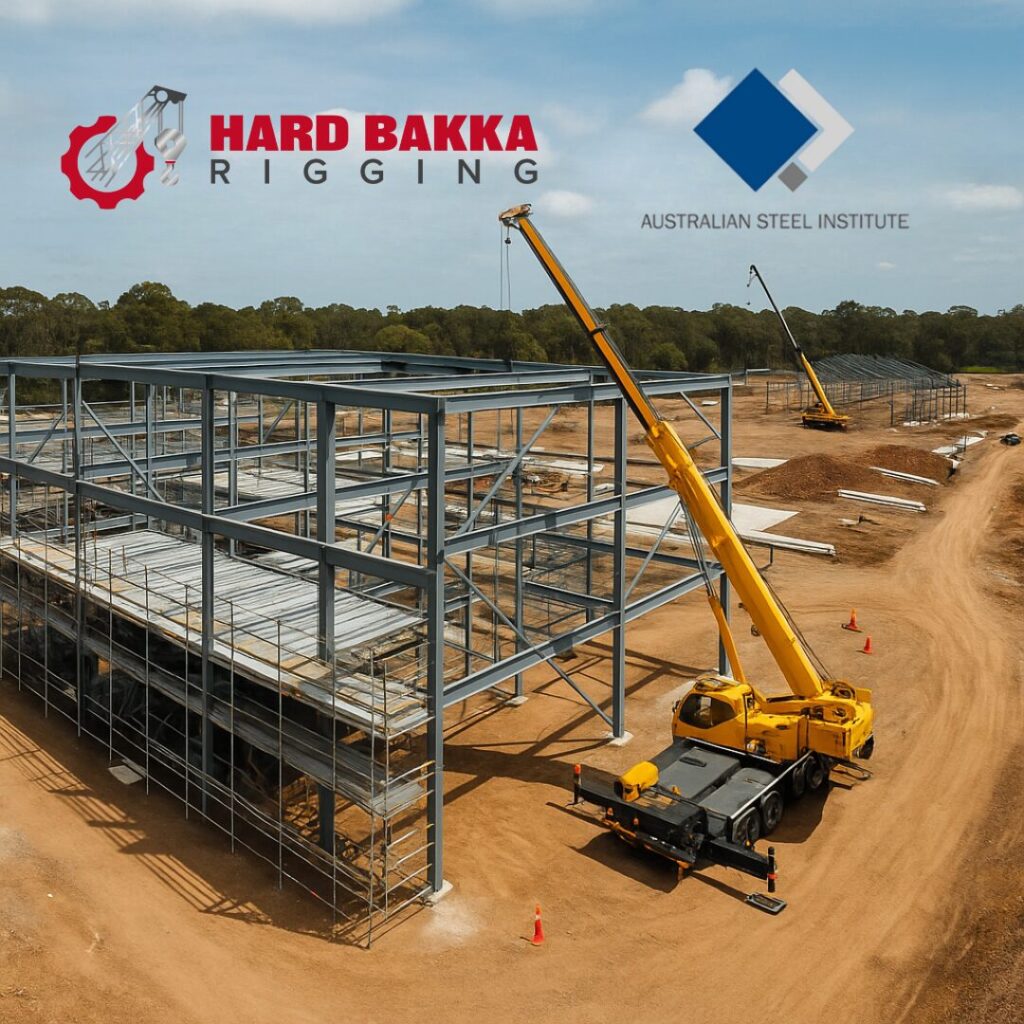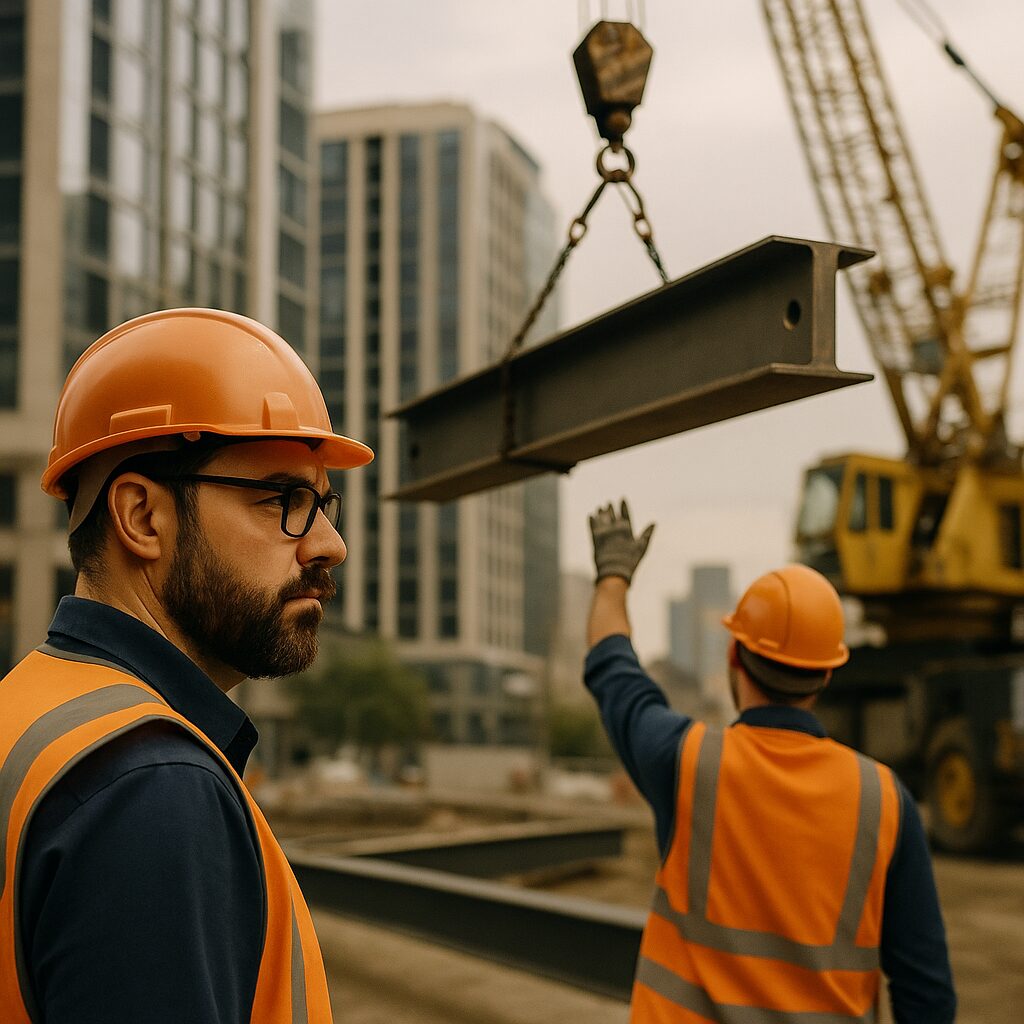Lift Planning: Key Techniques for Ensuring Safe Lifting Operations
Lift planning techniques play a critical role in maintaining safety, preventing delays, and improving operational efficiency in industrial and construction projects. This guide explores essential methods to help ensure every lift is planned and executed with precision.
1. Key Lift Planning Techniques to Implement
One of the most critical aspects of lift planning is maintaining load stability throughout the operation.
Why Load Stability Matters
Unstable or imbalanced loads can cause serious accidents, damage lifting equipment, and delay project timelines. A proper load assessment helps ensure the object is aligned and the load is distributed evenly.
Using Load Monitoring Tools
Modern lifting operations often rely on digital load monitors to provide real-time data on weight distribution. This allows crews to make immediate adjustments and ensure a stable lift.
.
2. Adapting to Weather and Environmental Conditions
Environmental factors play a significant role in lift planning. Wind, temperature, and ground conditions can impact the safety and feasibility of a lift.
Wind Hazards
Strong winds can create load sway, especially when lifting at height. In these cases, operators may:
- Reduce lift speed
- Use additional taglines for control
- Postpone lifts during unsafe conditions
Temperature Extremes
- Cold weather can cause metal fatigue or brittle components. Crews must use temperature-rated equipment.
- Heat affects hydraulic systems and can expand metal, compromising performance. Regular inspections are essential.
3. Prioritising Personnel Safety
Safety of all site personnel is non-negotiable in any lifting operation.
Key Safety Measures
- Trained Crew: Every team member must be trained and understand their role.
- PPE: Helmets, gloves, harnesses, and steel-toe boots are mandatory.
- Emergency Procedures: First-aid and rescue plans need to be in place, with designated responders trained in real-time intervention.
Effective Communication
Clear communication protocols—such as radios, hand signals, and pre-lift briefings—help minimise risk and ensure smooth coordination among riggers, operators, and supervisors.
4. Overcoming Common Lift Planning Challenges
Despite thorough preparation, certain challenges frequently arise:
Communication Breakdowns
Without proper communication, even small misunderstandings can escalate into major incidents. Lift teams should always:
- Hold pre-lift meetings
- Define roles and responsibilities
- Maintain open communication channels throughout the operation
The Benefits of Professional Lift Planning
A detailed lift plan supported by certified professionals and advanced equipment offers major benefits:
- Minimised downtime
- Improved safety and compliance
- Reduced costs
- Successful execution of complex lifts
Whether working on a large construction site or a confined industrial facility, lift planning ensures your project stays safe, efficient, and on schedule.
.
Frequently Asked Questions (FAQs)
Q1: Why is lift planning essential in construction and industrial work?
A: It prevents accidents, ensures proper equipment usage, and keeps lifting operations efficient and compliant with safety standards.
Q2: What are the main components of a lift plan?
A: Load assessment, environmental review, equipment selection, communication strategy, and personnel safety.
Q3: How does weather affect lifting operations?
A: High winds or extreme temperatures can compromise load stability and equipment performance, requiring adjusted procedures or rescheduling.
Q4: What certifications are needed for lift planning teams?
A: Common qualifications include rigging and crane operation licences, plus compliance with standards like SafeWork NSW or OSHA.
Q5: How does Hard Bakka Rigging support lift planning?
A: We provide full-service lift planning with certified riggers, tailored lift plans, and state-of-the-art equipment for safe, precise lifting operations.
Ready to Elevate Your Lifting Operations?
At Hard Bakka Rigging, we’re specialists in complex industrial lifts. Our experienced team ensures each operation is executed safely, on time, and in full compliance with all standards.
📩 Get in touch to request a quote or learn more about our lift planning services. have a team of experienced and certified riggers who are passionate about safety and getting the job done right. We have the expertise and equipment to handle any industrial lifting challenge. Hard Bakka Rigging is here to help. Whether it’s crane hire, steel erection, or complex rigging, our team is ready to get the job done right.🔗 Visit Our Website
📩 Contact us for a free quote today.



